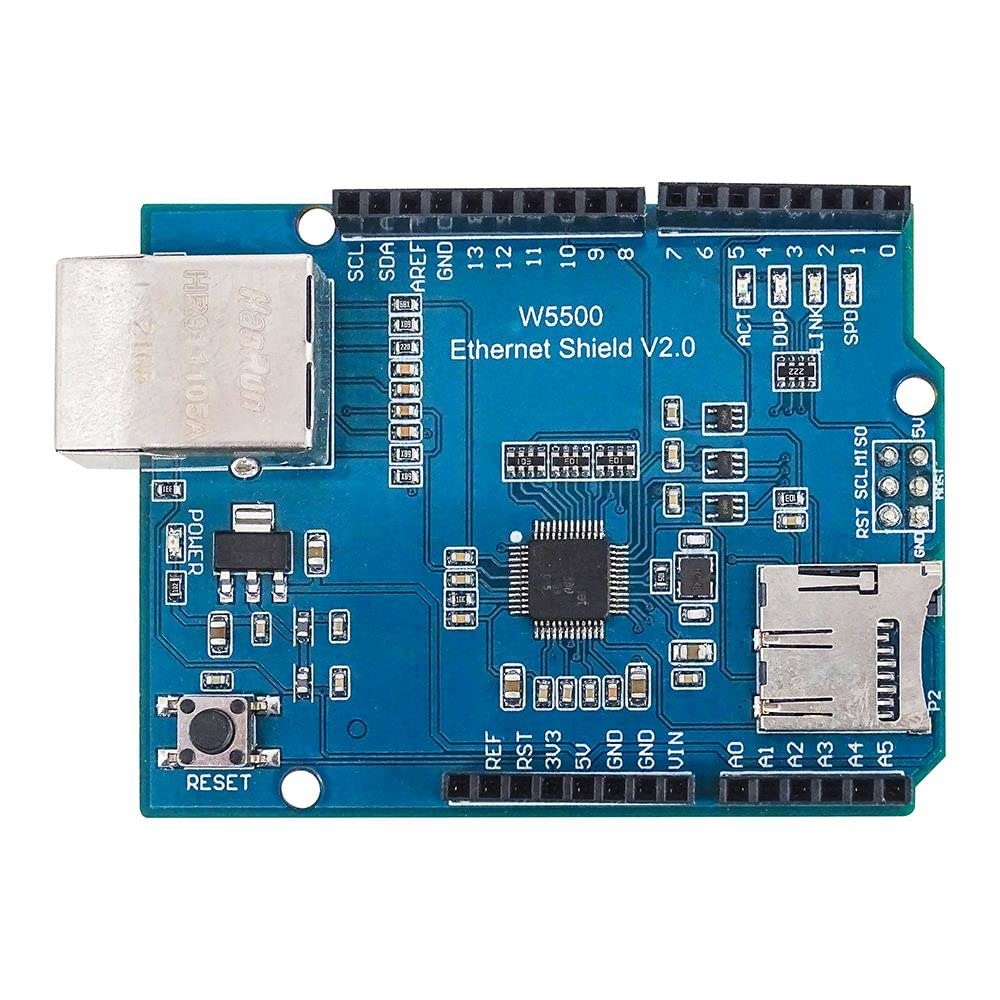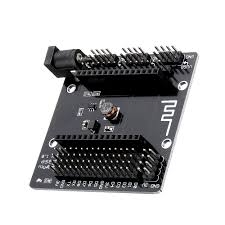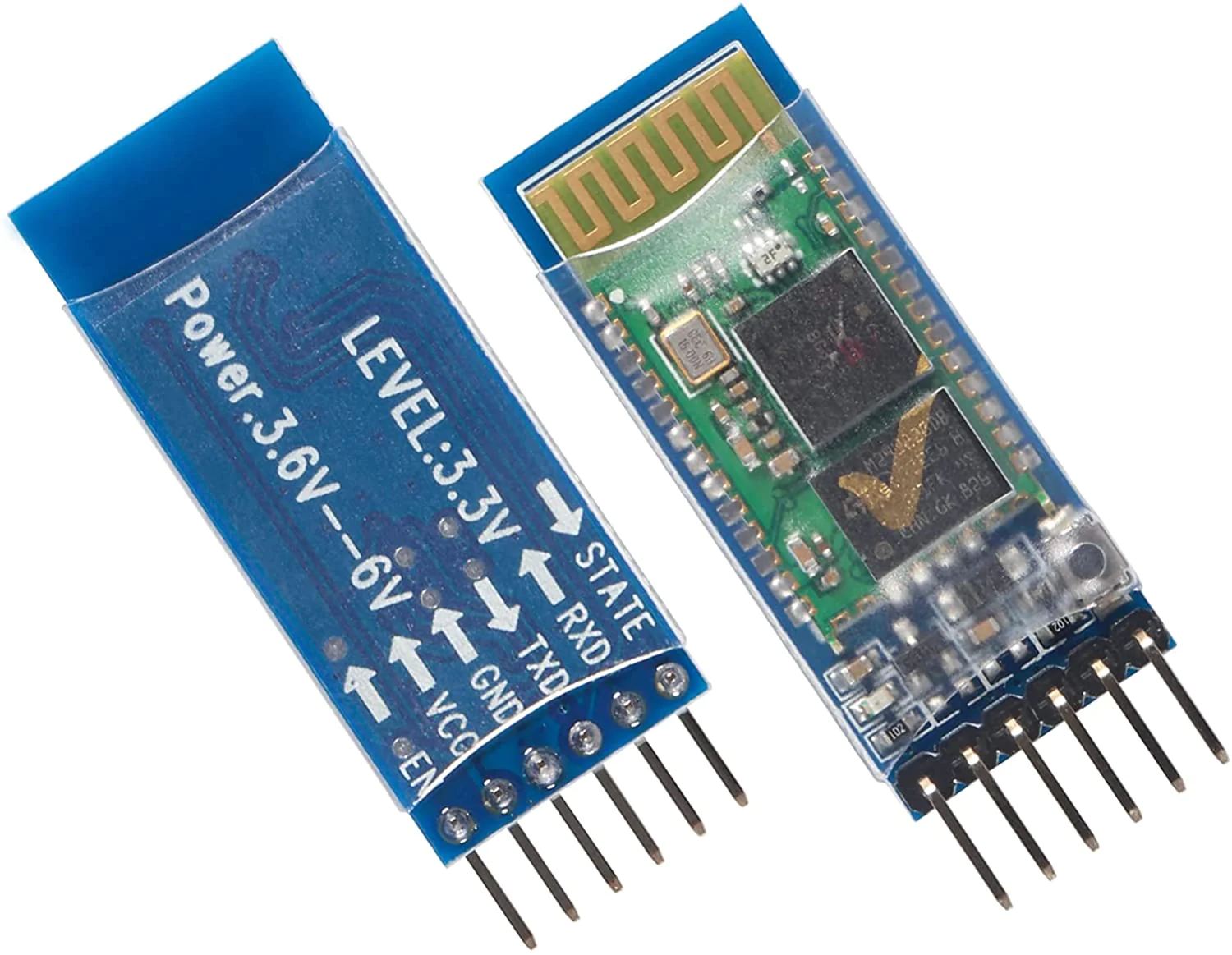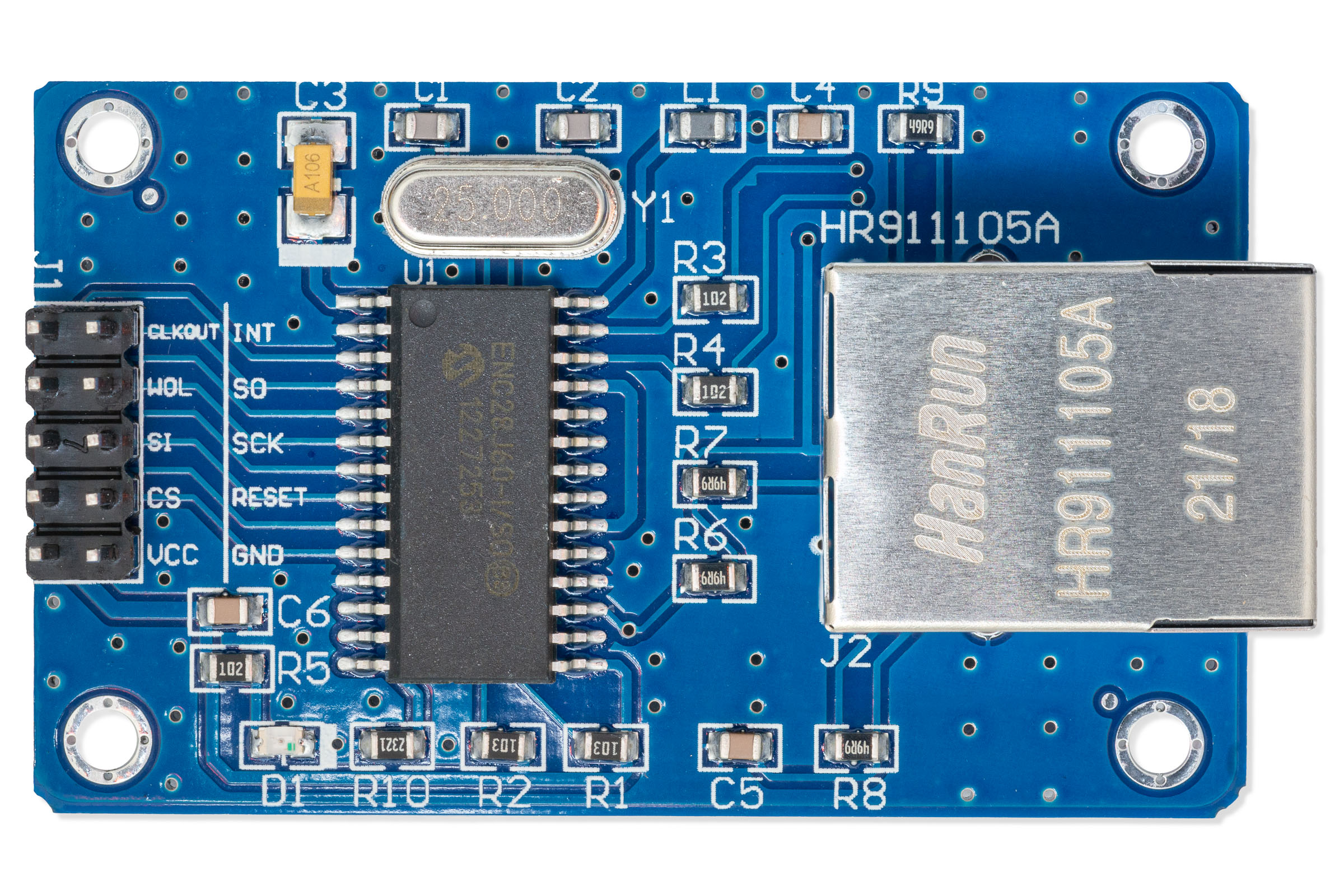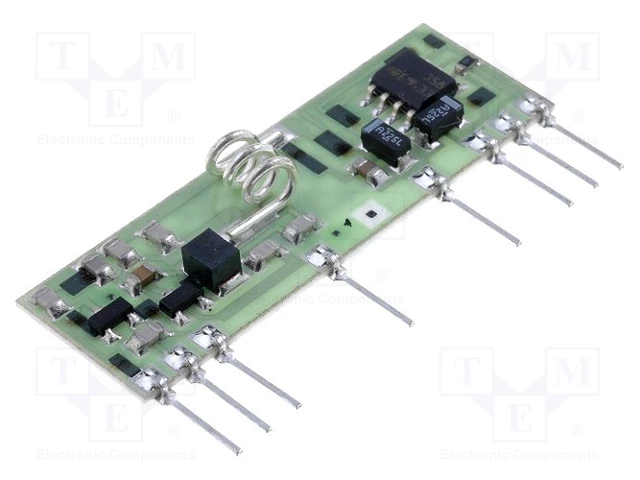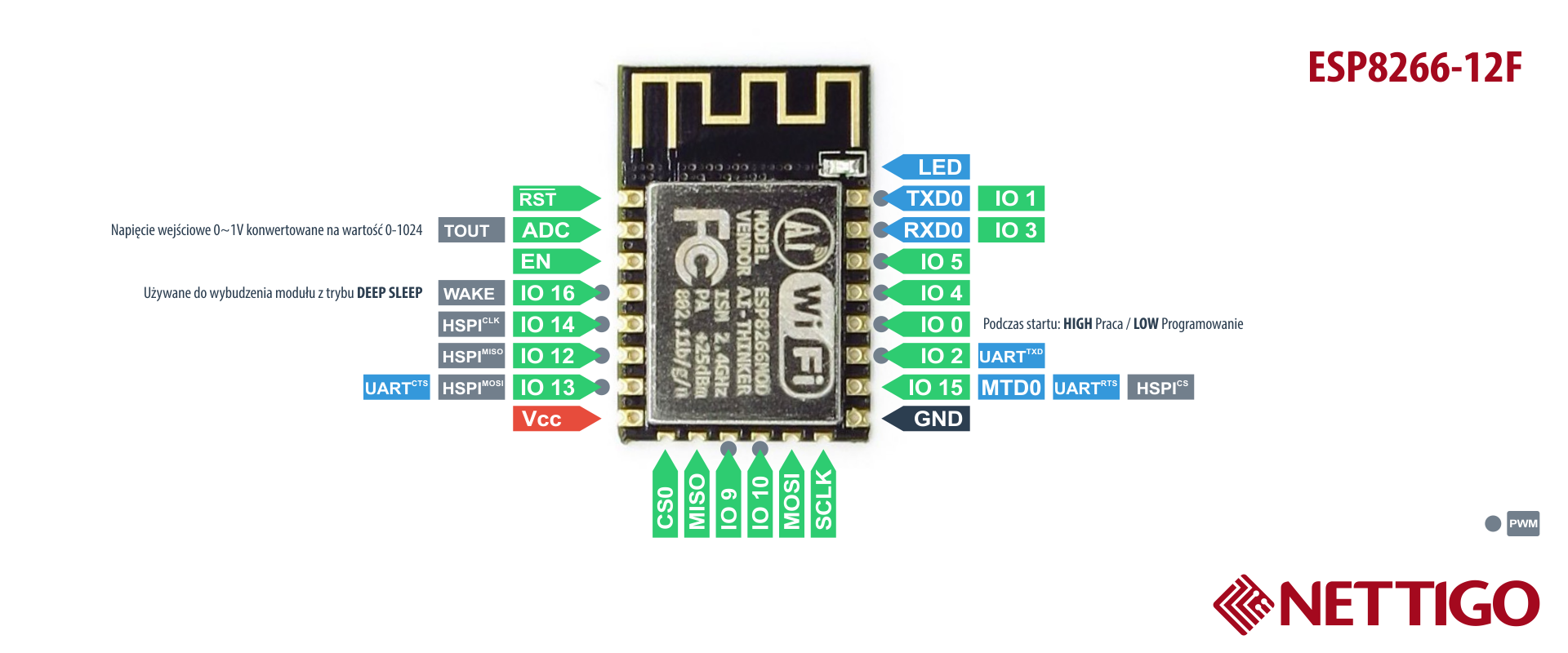ESP32-DevKitC V4 Getting Started Guide
This user guide shows how to get started with ESP32-DevKitC V4 development board. For description of other versions of the ESP32-DevKitC check ESP32 Hardware Reference.
What You Need
- 1 × ESP32-DevKitC V4 board
- 1 × USB A / micro USB B cable
- 1 × PC loaded with Windows, Linux or Mac OS
Overview
ESP32-DevKitC V4 is a small-sized ESP32-based development board produced by Espressif. Most of the I/O pins are broken out to the pin headers on both sides for easy interfacing. Developers can connect these pins to peripherals as needed. Standard headers also make development easy and convenient when using a breadboard.
The board comes in two versions, either with ESP-WROOM-32 or ESP32-WROVER module soldered.
Functional Description
The following list and figure below describe key components, interfaces and controls of ESP32-DevKitC V4 board.
- ESP-WROOM-32
- ESP-WROOM-32 module soldered to the ESP32-DevKitC V4 board.
- ESP32-WROVER
- Optionally ESP32-WROVER module may be soldered instead of the ESP-WROOM-32.
- USB-UART Bridge
- A single chip USB-UART bridge provides up to 3 Mbps transfers rates.
- Boot
- Download button: holding down the Boot button and pressing the EN button initiates the firmware download mode. Then user can download firmware through the serial port.
- Micro USB Port
- USB interface. It functions as the power supply for the board and the communication interface between PC and the ESP module.
- 5V Power On LED
- This LED lights when the USB or an external 5V power supply is applied to the board. For details see schematic in Related Documents.
- EN
- Reset button: pressing this button resets the system.
- I/O
-
Most of the pins on the ESP module are broken out to the pin headers on the board. Users can program ESP32 to enable multiple functions such as PWM, ADC, DAC, I2C, I2S, SPI, etc.


